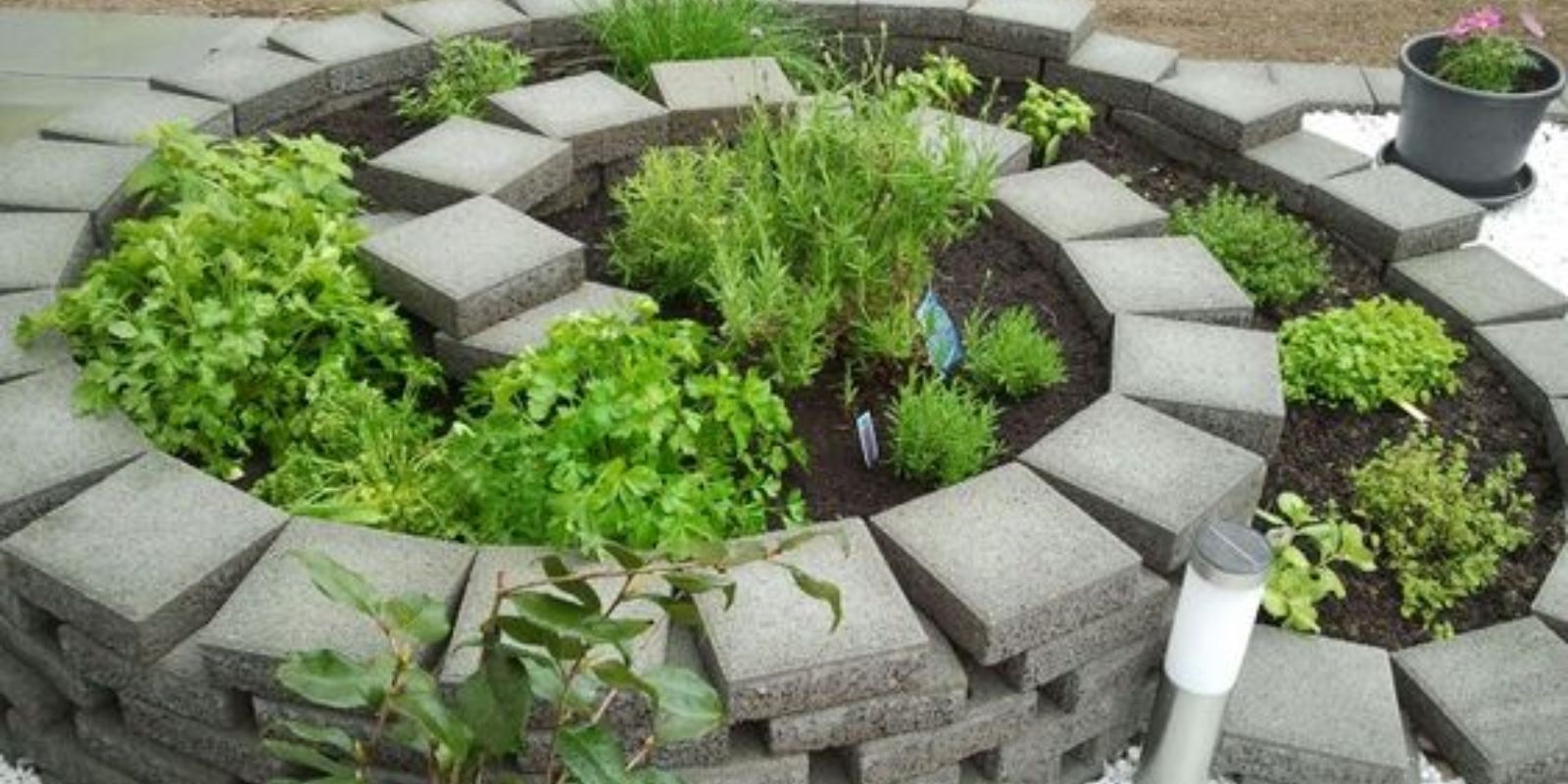Introduction
Imagine a garden that not only saves space but also provides a stunning visual centerpiece while delivering fresh, aromatic herbs right at your fingertips. This is the beauty of a spiral herb garden—a vertical gardening solution that maximizes space, conserves water, and offers a practical yet attractive way to grow a variety of herbs. Whether you have a small balcony or a spacious backyard, creating your own spiral herb garden is both a rewarding and practical project. Here’s a step-by-step guide to help you build and maintain your very own spiral herb garden.
Step 1: Select a Location
The success of your spiral herb garden starts with choosing the right location. Herbs generally thrive in full sunlight, so select a spot that receives at least 6 to 8 hours of direct sunlight each day. Additionally, good drainage is crucial; avoid areas where water tends to pool. Ideally, choose a location that is both functional and aesthetically pleasing, as the spiral garden will serve as a focal point in your space.
Step 2: Gather Materials
To build your spiral herb garden, you will need some basic materials. The core of the structure is typically made from bricks, stones, or concrete blocks. These materials will form the spiral shape and provide support for the soil and plants. You will also need quality soil, compost, and a selection of herbs suited to your climate and growing conditions.
Materials List:
- Bricks, stones, or concrete blocks (enough to create a spiral structure)
- Quality garden soil
- Compost
- Selection of herbs (e.g., basil, thyme, rosemary, mint, parsley)
- Gardening tools (trowel, gloves, watering can, etc.)
Step 3: Build the Structure
Building the spiral structure is the next step. Start by laying a circular base on the ground where you plan to construct the spiral. Use bricks or stones to form the base, and then begin stacking the materials in a spiral pattern. The spiral should gradually rise, creating different levels for planting. As you build, ensure the structure is stable and that the spiral is wide enough to allow for soil and plant growth.
- Base Layer: Lay a flat circle of bricks or stones as the foundation.
- Spiral Formation: Stack additional bricks or stones in a spiral pattern, gradually increasing the height as you work your way around the circle.
- Support and Stability: Check for stability as you build. Adjust the placement of the materials as needed to ensure the spiral is secure.
Step 4: Prepare the Soil
Once the spiral structure is complete, it’s time to prepare the soil. Fill the spiral with a mix of quality garden soil and compost. The compost will enhance soil fertility, improve drainage, and provide essential nutrients for your herbs. Ensure that the soil is evenly distributed and compacted enough to support the plants.
- Soil Mixture: Combine garden soil with compost in a wheelbarrow or large container. A ratio of 2 parts soil to 1 part compost is ideal.
- Filling the Spiral: Carefully fill each level of the spiral with the soil mixture, ensuring that the soil reaches the top of the spiral.
Step 5: Plant Herbs
Selecting and planting herbs is one of the most enjoyable parts of creating a spiral herb garden. Choose herbs based on your cooking preferences and climate. Plant taller herbs, like rosemary or sage, at the top of the spiral, where they will receive the most sunlight. Place shorter herbs, like thyme or parsley, towards the bottom of the spiral.
- Plant Placement: Taller herbs go at the top, while shorter ones are placed lower down.
- Spacing: Ensure adequate spacing between plants to allow for growth and airflow.
- Planting: Dig small holes in the soil, place each herb into the hole, and gently firm the soil around the roots.
Step 6: Watering and Maintenance
Maintaining your spiral herb garden involves regular watering, pruning, and occasional replanting. Herbs generally prefer well-drained soil and do not like to sit in waterlogged conditions. Water the garden as needed, ensuring that the soil remains moist but not soggy.
- Watering: Water the spiral garden thoroughly, allowing excess water to drain out. Adjust watering frequency based on weather conditions and plant needs.
- Pruning: Regularly trim herbs to encourage bushier growth and prevent them from becoming leggy.
- Replanting: Replace any herbs that do not thrive or that have finished their growing cycle with new ones.
Additional Tips
- Companion Planting: Consider planting herbs that benefit each other when grown together. For example, basil and tomatoes complement each other well.
- Pest Control: Monitor your plants for pests and diseases. Use natural pest control methods, such as introducing beneficial insects or using organic sprays.
- Seasonal Care: Adjust care routines based on the season. For example, you may need to protect herbs from frost during winter.
Motivation
Building a spiral herb garden is more than just an aesthetic choice; it’s a practical way to grow a variety of fresh herbs in a limited space. This project not only enhances the beauty of your garden but also provides a continuous supply of herbs for your culinary creations. Take the first step towards creating your own spiral herb garden today, and enjoy the rewards of fresh, home-grown herbs and a beautifully designed garden space.
By embracing this innovative gardening technique, you’ll transform a small area into a lush, vibrant herb garden that’s both functional and visually striking. Happy gardening! 🌿✨

